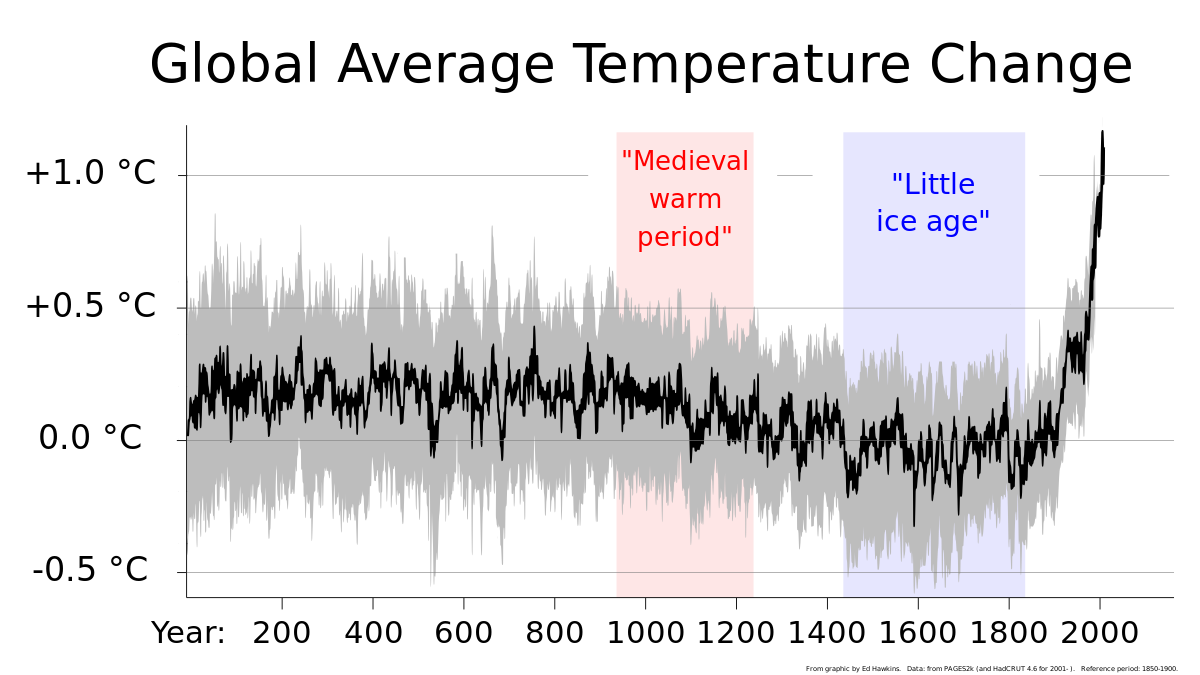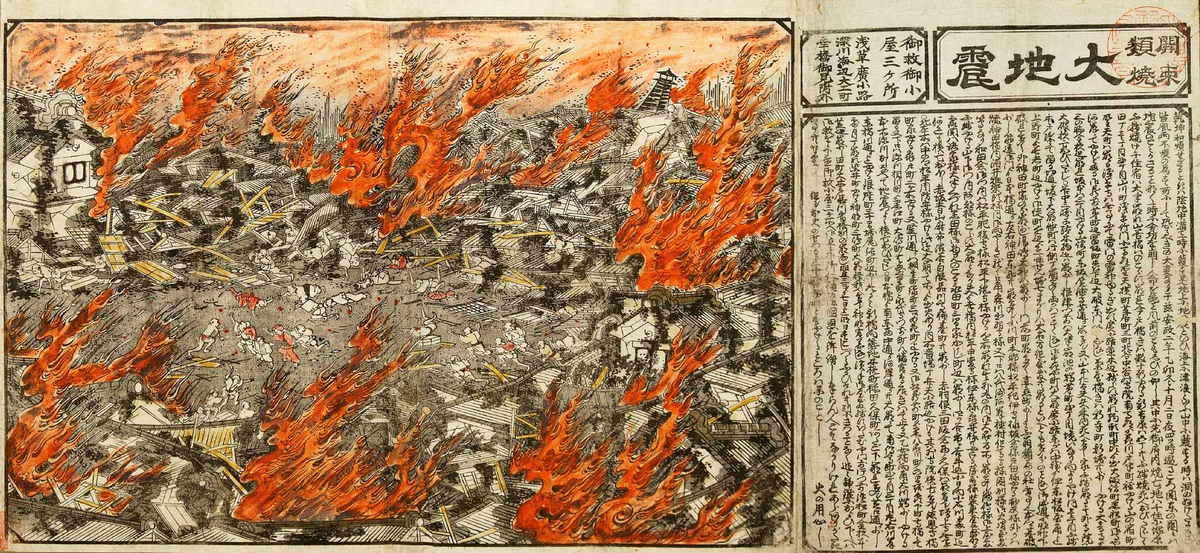Hello and Welcome to another Tinto Talks, the Happy Wednesday where we spill all the secrets about our upcoming game with the codename Project Caesar.
In a game where we simulate hundreds of millions of people, not all calamities that they get exposed to involve Warfare or Diseases. Today we will talk about how Mother Nature does her best trying to reduce the population regularly.
Little Ice Age
As the widest definition of the Little Ice Age encompasses almost the entire timespan of our game, we decided to go with the Maunder Minimum, which happened between 1645 and 1715, being the colder phase of the period. We simulate the Little Ice Age with a Situation that will affect the northern half of the Northern Hemisphere, making winters last longer.
During the Little Ice Age, food production in the affected areas is lowered, and events and other mechanics are happening which will make the experience a challenging mid to late-game phase.

Who will survive?
Weather
We also have a rather in-depth weather system, where we simulate storms and similar phenomena moving across the planet. We currently have two categories of weather systems, the weather front, and the cyclone. We have also included in the weather fronts the monsoons, which have the particularity of going in one direction (Africa to India) from February to June, and in the other direction (Himalayas to the Indian Ocean) from October to December.

Ireland might suffer some weather fronts during the year, yeah…
Not all weather systems that spawn are the same strength, and their strength can change as they move across the map. The strength of the weather system directly impacts the benefits and penalties they give to the locations.
Fronts are usually wide weather patterns bringing rain from the oceans into lands. This has some negative impacts on armies and navies, but it provides a large food production boost.

This was a huge rainstorm..
Cyclones, or Hurricanes as they are known in the Northern Hemisphere, are a more narrow weather system, which causes a lot of damage due to high wind speeds.

At least no buildings damaged? Or????
In deserts with cold arid or arid climate, there will not be sometimes beneficial rains though when a weather system passes through, but instead you will get sandstorms.

I don't like sand. It's coarse and rough and irritating and it gets everywhere.
In any location with severe winter, where a front passes through, there will be snow instead of heavy rain.

Didn’t stop Carl Gustaf Armfeldt trying to move his army..
Volcanos
There are locations which contain volcanos that are not entirely dormant. At any point, any one of them can erupt, spewing out long streams of lava and an enormous cloud of ash that leaves a path of destruction in its wake, causing huge devastation to the location they are present in.
It will ruin RGO’s, destroy buildings, kill a lot of people, and reduce prosperity dramatically. Afterwards, there is a small boost to food production due to volcanic soil for a few decades.

Can be helpful longterm yes?
Earthquakes
A large part of the world is prone to earthquakes. While we do have some famous historical earthquakes likely to happen, we also have a small chance that any area with an earthquake risk can get one.
Similar to a Volcano it will destroy buildings and kill people, but earthquakes will usually not affect just a single location, but many adjacent ones as well.
Sadly there are some locations that are in the awkward position of most being in an earthquake zone, and having a volcano.

Not the best place for a city?
Next week we’ll be talking about how mercenaries work in Project Caesar.
In a game where we simulate hundreds of millions of people, not all calamities that they get exposed to involve Warfare or Diseases. Today we will talk about how Mother Nature does her best trying to reduce the population regularly.
Little Ice Age
As the widest definition of the Little Ice Age encompasses almost the entire timespan of our game, we decided to go with the Maunder Minimum, which happened between 1645 and 1715, being the colder phase of the period. We simulate the Little Ice Age with a Situation that will affect the northern half of the Northern Hemisphere, making winters last longer.
During the Little Ice Age, food production in the affected areas is lowered, and events and other mechanics are happening which will make the experience a challenging mid to late-game phase.

Who will survive?
Weather
We also have a rather in-depth weather system, where we simulate storms and similar phenomena moving across the planet. We currently have two categories of weather systems, the weather front, and the cyclone. We have also included in the weather fronts the monsoons, which have the particularity of going in one direction (Africa to India) from February to June, and in the other direction (Himalayas to the Indian Ocean) from October to December.

Ireland might suffer some weather fronts during the year, yeah…
Not all weather systems that spawn are the same strength, and their strength can change as they move across the map. The strength of the weather system directly impacts the benefits and penalties they give to the locations.
Fronts are usually wide weather patterns bringing rain from the oceans into lands. This has some negative impacts on armies and navies, but it provides a large food production boost.

This was a huge rainstorm..
Cyclones, or Hurricanes as they are known in the Northern Hemisphere, are a more narrow weather system, which causes a lot of damage due to high wind speeds.

At least no buildings damaged? Or????
In deserts with cold arid or arid climate, there will not be sometimes beneficial rains though when a weather system passes through, but instead you will get sandstorms.

I don't like sand. It's coarse and rough and irritating and it gets everywhere.
In any location with severe winter, where a front passes through, there will be snow instead of heavy rain.

Didn’t stop Carl Gustaf Armfeldt trying to move his army..
Volcanos
There are locations which contain volcanos that are not entirely dormant. At any point, any one of them can erupt, spewing out long streams of lava and an enormous cloud of ash that leaves a path of destruction in its wake, causing huge devastation to the location they are present in.
It will ruin RGO’s, destroy buildings, kill a lot of people, and reduce prosperity dramatically. Afterwards, there is a small boost to food production due to volcanic soil for a few decades.

Can be helpful longterm yes?
Earthquakes
A large part of the world is prone to earthquakes. While we do have some famous historical earthquakes likely to happen, we also have a small chance that any area with an earthquake risk can get one.
Similar to a Volcano it will destroy buildings and kill people, but earthquakes will usually not affect just a single location, but many adjacent ones as well.
Sadly there are some locations that are in the awkward position of most being in an earthquake zone, and having a volcano.

Not the best place for a city?
Next week we’ll be talking about how mercenaries work in Project Caesar.




